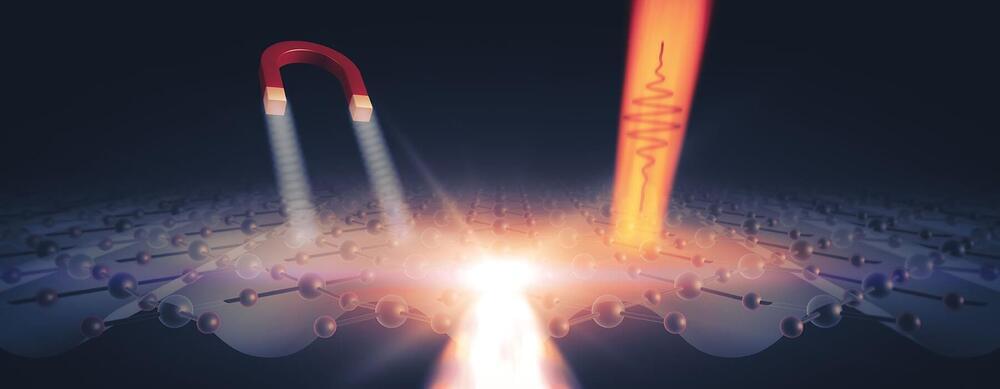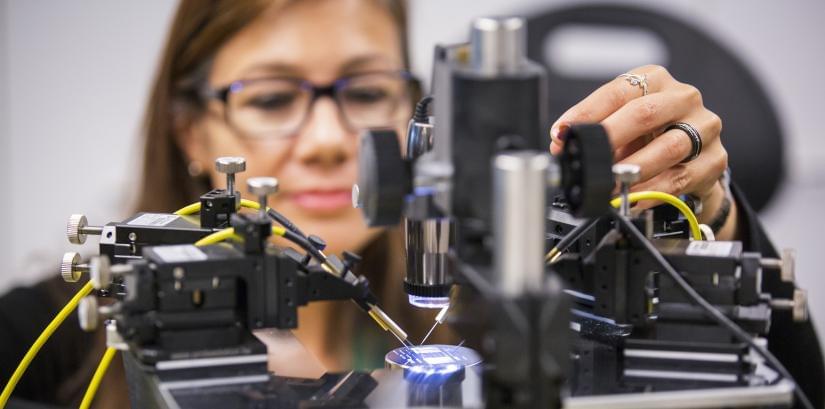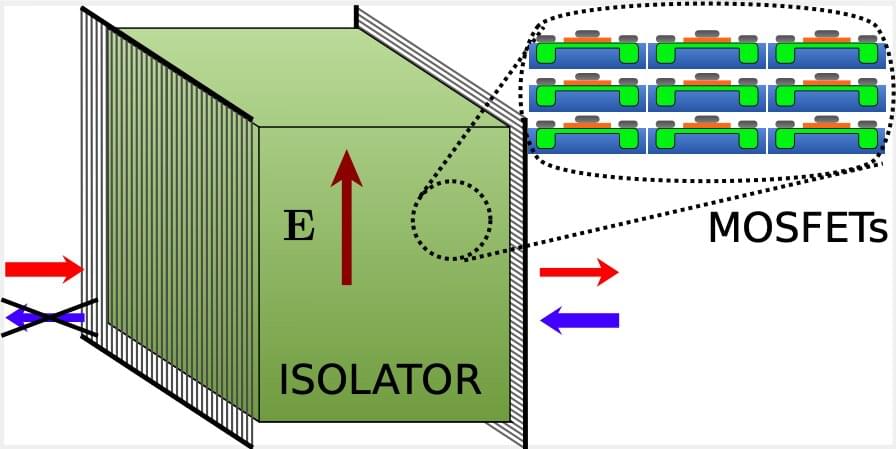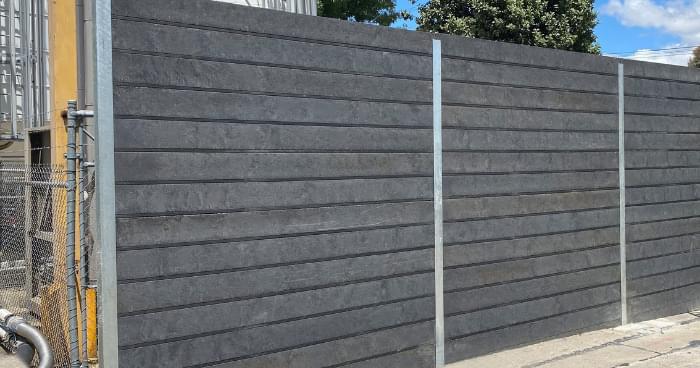Feb 10, 2022
Scientists Discover a Mysterious Transition in an Exotic Electronic Crystal
Posted by Liliana Alfair in categories: computing, materials
Thermal span in a layered compound promises applications in next-generation electrical switches and nonvolatile memory.
When temperature changes, many materials undergo a phase transition, such as liquid water to ice, or a metal to a superconductor. Sometimes, a so-called hysteresis loop accompanies such a phase change, so that the transition temperatures are different depending on whether the material is cooled down or warmed up.
In a new paper in Physical Review Letters, a global research team led by MIT physics professor Nuh Gedik discovered an unusual hysteretic transition in a layered compound called EuTe4, where the hysteresis covers a giant temperature range of over 400 kelvins. This large thermal span not only breaks the record among crystalline solids, but also promises to introduce a new type of transition in materials that possess a layered structure. These findings would create a new platform for fundamental research on hysteretic behavior in solids over extreme temperature ranges. In addition, the many metastable states residing inside the giant hysteresis loop offer ample opportunities for scientists to exquisitely control the electrical property of the material, which can find application in next-generation electrical switches or nonvolatile memory, a type of computer memory that retains data when powered off.


















